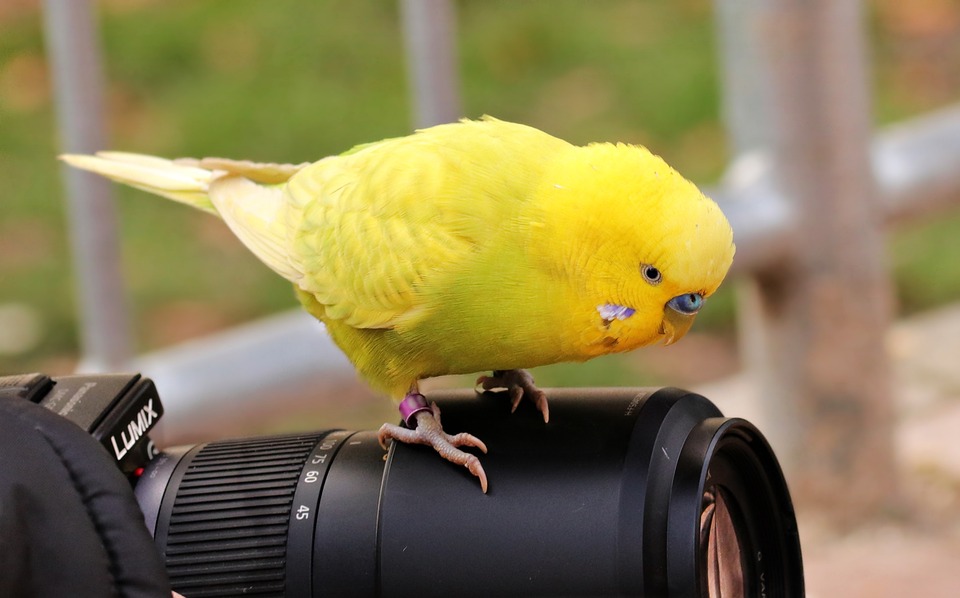Parrots are intelligent and social creatures that require mental stimulation and positive reinforcement to thrive. One effective way to engage and train these colorful companions is through the use of treats. However, it is important to understand how treats can influence parrot behavior to ensure a healthy and well-balanced relationship with your feathered friend. In this article, we will explore the various aspects of parrot behavior and discuss how treats can shape their responses.
The Psychology of Parrot Behavior
Parrots, being highly intelligent animals, exhibit complex behaviors that are influenced by their environment and interactions with humans. Understanding their psychology can help us create a positive and enriching environment for them. Parrots are naturally motivated by rewards and treats, which can be used to reinforce desired behaviors or redirect unwanted ones.
The Power of Positive Reinforcement
Positive reinforcement is a crucial aspect of parrot training. It involves rewarding desired behaviors with treats, attention, or praise, which increases the likelihood of those behaviors being repeated. When used correctly, treats can reinforce good behavior and strengthen the bond between you and your parrot.
Choosing the Right Treats
When it comes to selecting treats for your parrot, it is essential to consider their nutritional value and preferences. Opt for treats that are safe and healthy, such as fresh fruits, vegetables, and nuts. Avoid foods that are high in sugar, salt, or unhealthy fats, as they can lead to obesity and other health issues. Experiment with different treats to find out what your parrot enjoys the most, as individual preferences may vary.
Treats as Training Tools
Treats can be powerful tools for training parrots, as they provide immediate rewards that reinforce desired behaviors. For example, if you are teaching your parrot to step onto your hand, offer a treat as soon as they comply. This positive association will encourage them to repeat the behavior in the future. Gradually, you can reduce the frequency of treats as the behavior becomes more consistent.
It is important to note that treats should be used in moderation to prevent overindulgence. Excessive treat consumption can lead to weight gain and nutritional imbalances. Always consider the overall diet of your parrot and ensure treats are given as part of a balanced and varied meal plan.
Common FAQs about Parrot Behavior and Treats
Q: Can treats be used to correct unwanted behaviors in parrots?
A: While treats can be used as a form of positive reinforcement, they are not effective for correcting unwanted behaviors. Instead, focus on redirecting your parrot’s attention to more desirable activities and reward those behaviors.
Q: How often should I give my parrot treats?
A: Treats should be given in moderation, preferably as part of a training session or as occasional rewards for good behavior. Avoid over-reliance on treats to prevent potential health issues.
Q: Are there any treats that are toxic to parrots?
A: Yes, some human foods are toxic to parrots and should never be offered as treats. Examples include chocolate, avocado, caffeine, and alcohol. Always research and consult with avian experts to ensure the safety of any treats you provide.
Q: Can treats be used to train older parrots?
A: Absolutely! Parrots of all ages can benefit from positive reinforcement training using treats. However, older parrots may require more patience and consistency during the training process.
Understanding parrot behavior and the influence of treats is essential for building a strong and harmonious relationship with your feathered companion. By utilizing treats as positive reinforcement, you can encourage desired behaviors, foster trust, and provide mental stimulation for your parrot. Remember to choose treats wisely, use them sparingly, and always prioritize your parrot’s overall health and well-being.









